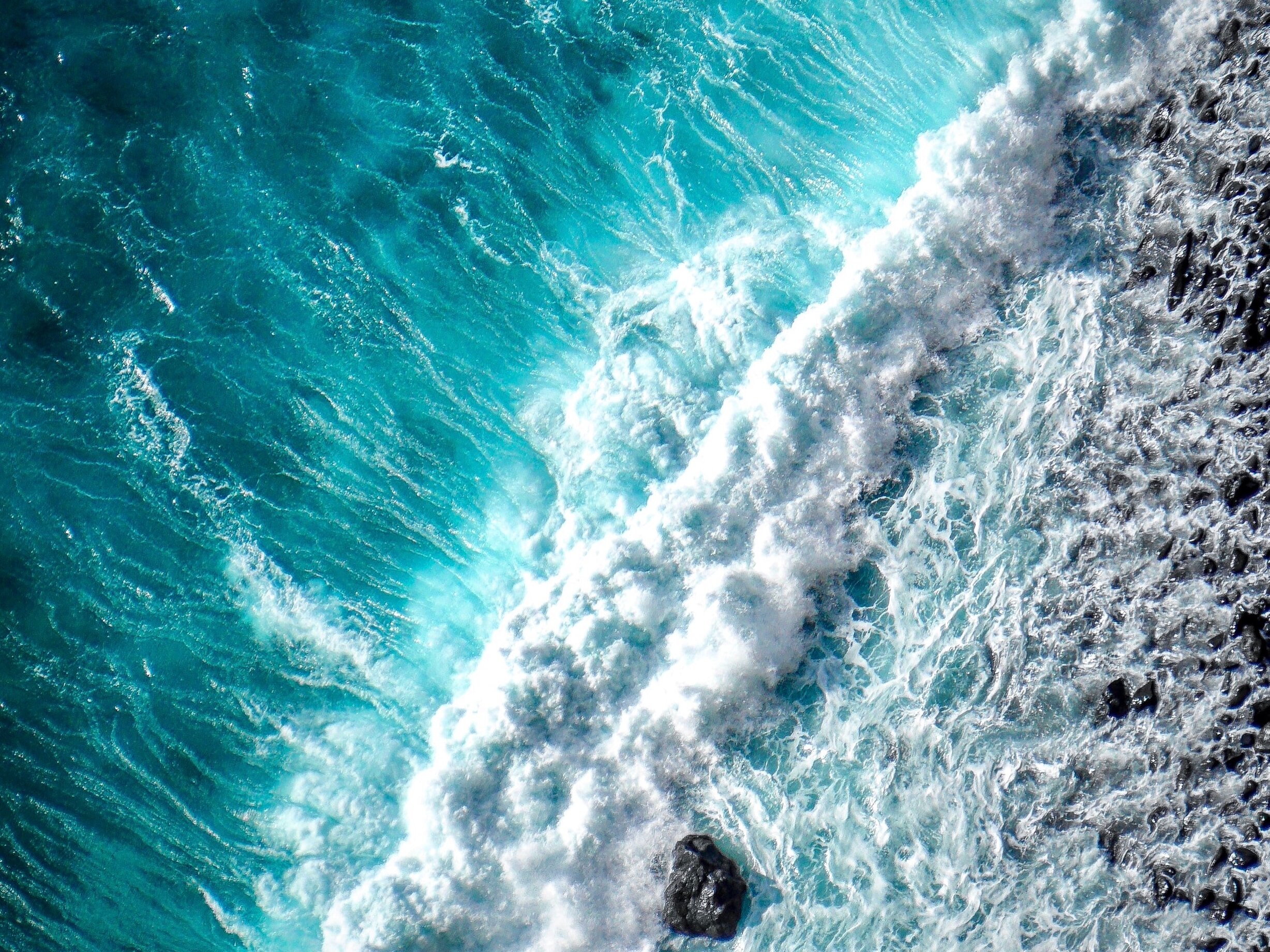
Texts to Teach Oceanography
The following resources about oceanography are sorted into the general topics within that unit, the ocean planet, waves and tides, geomorphology, and ocean life. These texts are all at or slightly above ninth grade, as oceanography is the last unit in Earth Science. Not only will students’ reading skills be more advanced because of instruction in English class, but their understanding of scientific concepts will be more developed. Although this unit introduces several new topics, many older concepts are incorporated throughout the unit, such as tides, global circulation patterns, and sea floor spreading. The majority of these resources come from well-known marine science research groups, like Woods Hole Oceanographic Institution (WHOI), the Smithsonian Institution (SI), and the National Oceanic and Atmospheric Association (NOAA). This was done intentionally, so that students could be introduce to different organizations doing current research. For students who are interested in marine science or curious about pursuing a career in this field, knowing about these resources and organizations is a good starting point. By including material outside of the textbook and online modules, students will have the opportunity to practice their scientific reading skills. The text set begins with an infographic-like page from WHOI that provides students with a brief overview on several topics within oceanography. These fast facts are interesting and presented in an accessible format, providing students with background knowledge. The SciShow video about the origin of water uses some science vocabulary but is presented in an engaging manner. Students should also have some prior knowledge about this topic after the astronomy unit. After students are primed by the video, they will then be prepared to read a short article from Scientific American about the same topic. The format of the article is common amongst science communication, and while not inaccessible, is not the easiest material to read. Students will be able to refer to the more accessible video if they are confused or need support. To best understand how waves work, the students will be introduced to a labeled diagram of a wave. It is fairly easy to read; however, the concepts presented in the diagram will need to be explained and framed by the teacher so that students can make the appropriate connections to their prior knowledge. Because the students already learned about how the tides work during the astronomy unit, the Discovery Education video about the tides should be a quick reminder of what they already learned. With their prior knowledge, they will then be able to focus on the new vocabulary terms introduced at the end of the video. The texts to accompany geomorphology are all standard science communication texts. There is some vocabulary introduced, but the general organization of the text makes it easier for students to read through. The text, “Making a Mark on the Seafloor” mentions seafloor spreading but focuses mainly on the accomplishments of Marie Tharp, a pioneering woman in the male-dominated field of oceanography. Because students will have already learned about seafloor spreading in the geology unit, they will hopefully be able to focus on the compelling narrative of a person breaking down barriers in science. The “Thermohaline Circulation” fact sheet has a significant amount of information and introduces many new vocabulary words. However, the diagrams, explanations, and text organization (subheadings, bolded words) make it more accessible to students. This text, as well as the three science articles mentioned above, will need to be scaffolded by the teacher. Depending on the student, this may look like an accompanying graphic organizer, a check for comprehension, or strategies for annotation. The El Niño and La Niña video is accompanied by an article explaining the phenomena in more detail. The video is significantly more accessible and useful to students, as it illustrates the processes. El Niño and La Niña are traditionally a difficult concept to understand, so combination of the video showing how the currents change and the text describing it will help build students understanding. Several other examples or diagrams of El Niño and La Niña will be needed to solidify students’ understanding. The biological pump diagram is complex and will need to be explained by the teacher. However, it is valuable because of its complexity and detail, as it illustrates to students the numerous concurrent processes that are happening in the ocean. With the aid of a teacher, students will be able to pick out the different processes and make the appropriate connections between them. The article on the deep sea is lengthy, with several different topics included. This may be overwhelming to students, but a teacher could easily break the article up by assigning portions of it to different students in a jigsaw classroom. Students would have the support of their peers in the expert group and be able to learn the information in the jigsaw group. The article in the humpback whale would likely be one in a series of articles, either for individual students to choose from or to assign in a jigsaw classroom. It introduces a compelling megafaunal species that many students are already interested in. Finally, the ocean pollution article is accessible to students, as the language is simple while the organization and pictures make it easy to jump from topic to topic. It is intended to move the student to action and help the student draw connections between several topics discussed during the unit and throughout the year.